
|
|
|
| synonym |
|
| description |
A generally blackish species, with the apex of the vertex and upper part of the frons a dark brown; the elytra has paler spots along the costa near the apex. The vertex is about twice as long at the middle as the length near the eyes, and the pronotum is a little longer than the vertex. Adults are 4.0 mm or more in length. (DeLong, 1948)
This species is larger than the very similar X. brunneus, which is 3.0-3.5 mm long: 1. For additional pics of X. piceus, see: BG. |
| distribution |
Eastern United States |
| abundance |
Recorded from a few counties in the Piedmont, probably more abundant in the right habitat. |
| seasonal_occurrence | |
| habitat |
|
| plant associates |
|
| behavior |
Can be attracted at night with a light |
| comments |
This is the only member of this genus whose adults feed on trees (BG).
Under the latest revision of the genus by Cwikla 1985, many species were synonymized under X. desertorum. While the following species appear to be visually distinctive, there are no differences in the male or female genitalia from desertorum, hence being synonymized. This move has not been carried out here as it seems necessary for further studies done to determine the validity of species within this genus. For now, species here will be differentiated based on visual characteristics. It is important to note though that these 'species' may not be valid, and visual characteristics that have been used to differentiate may not in fact hold up due to variation between forms and/or species. Furthermore, some records may represent similar species that are not yet on this site; obviously there is much to learn and revise regarding this genus.
The species still synonymized under desertorum (some others have been re-elevated to species level per Chandler & Hamilton, 2017) that could occur in our area are as follows:
- similis
- provancheri
- similis
Furthermore, there is an apparent undescribed species that looks similar to X. superbus, but has a differently marked and colored frons, head and pronotum. Recent DNA barcoding revealed specimens of this 'species' cluster separately from everything else.
- n-species |
status |
[Native:]
[Introduced:]
[Extirpated:] | | list_type |
[Official:]
[Provisional:] |
| adult_id | Unmistakable and widely known Identifiable from good quality photos of unworn specimens
Identifiable from photos showing undersides, or other specialized views [e.g., legs, face]
Identifiable only by close inspection of structural features or by DNA analysis NULL |
| nymph_id | Unmistakable and widely known Identifiable from good quality photos, especially where associated with known host plants
Identifiable from close inspection of specimens or by DNA analysis
Identifiable only through rearing to adulthood NULL |
| G_rank |
|
| S_rank |
|
| rank_comments |
|
| tribe |
Xestocephalini |
| subgenus |
|
Species Photo Gallery for Xestocephalus piceus No Common Name |
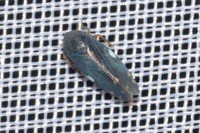 | Photo by: Scott Bolick
Forsyth Co.
Comment: Attracted to Light | 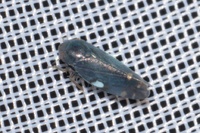 | Photo by: Scott Bolick
Forsyth Co.
Comment: Attracted to Light |
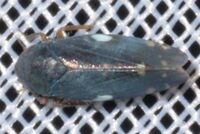 | Photo by: Scott Bolick
Forsyth Co.
Comment: Attracted to Light; 3.9-4.0 mm | 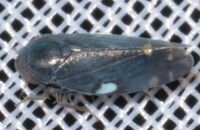 | Photo by: Scott Bolick
Forsyth Co.
Comment: Attracted to Light; 3.9-4.0 mm |
|

 »
»
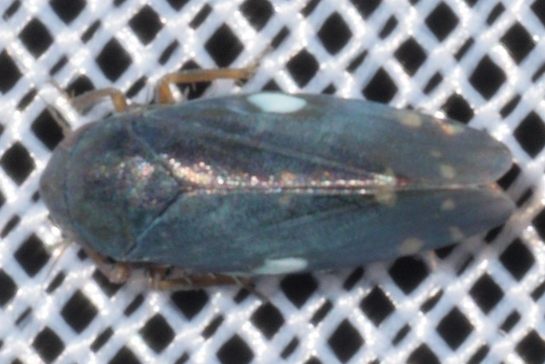

 »
»
